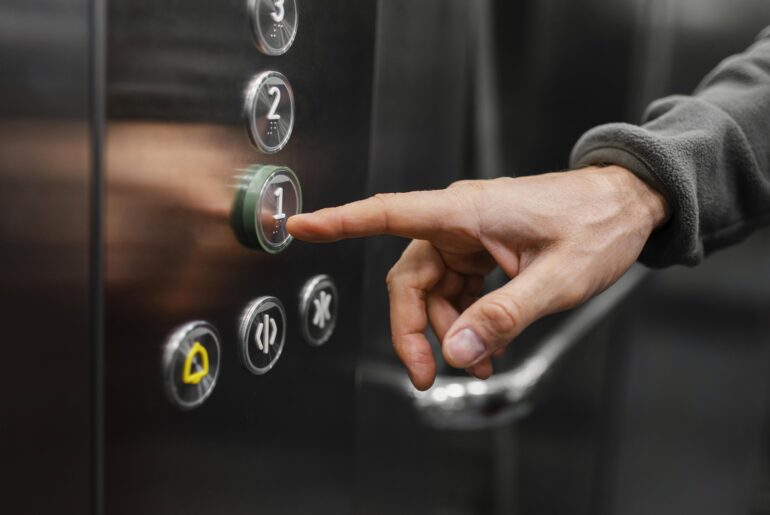When it comes to elevator safety, one requirement is nearly universal: a fully functional emergency communication system. Most industrialized countries — including those within the European Union — mandate that elevators be equipped with systems allowing passengers to call for help if needed.
While exact regulations differ across regions, the core safety principles remain globally aligned.
Key Global Safety Principles
- Two-Way Communication: All elevators must provide a two-way emergency communication system connected to a manned response center.
- Uninterrupted Functionality: These systems must operate at all times, even during power outages, typically with the support of battery backup.
- Immediate Action if Failing: If the emergency system is not working, the elevator is often deemed unsafe and must be taken out of service until repaired.
This creates a challenge for building owners and service providers. Regular manual inspections are costly and inefficient, but a malfunctioning system can pose significant safety and compliance risks.
The Cost of Manual Control
In most countries, an elevator without a functioning emergency phone must be removed from service. This can lead to disruptions, unhappy tenants, and expensive service visits. Sending technicians to physically test every elevator is not only costly but also impractical, especially for organizations managing multiple properties.
How Bosbec Helps
At Bosbec, we’ve developed an innovative solution that integrates elevators with a centralized telephony system. Through this automation:
- Automated Monitoring: Elevator emergency phones are connected to a telephony platform that continuously tracks their operational status.
- Real-Time Alerts: If a routine function test fails, Bosbec automatically alerts a technician, ensuring quick response and minimizing downtime.
- Compliance Assurance: Building owners and operators can rest assured that their elevators remain compliant with local and international safety regulations.
This approach not only enhances safety but also drastically reduces the costs associated with manual inspections.
Global Regulations at a Glance
🇪🇺 European Union
- Governed by the EU Lifts Directive (2014/33/EU).
- All new lifts must include a two-way emergency communication system.
- Testing frequency and enforcement are defined by each member state.
- Countries like Sweden, Germany, and the Netherlands require immediate deactivation if the phone fails.
🌎 Other Regions
🇺🇸 United States
- ASME A17.1 / CSA B44 standards require 24/7 communication.
- Must support text communication for hearing-impaired passengers.
- Non-functional systems may lead to shutdown by local authorities.
🇨🇦 Canada
- Follows the same ASME/CSA standard as the U.S.
- Provincial regulators enforce shutdowns when systems fail.
🇦🇺 Australia
- Based on AS 1735 standards.
- Requires two-way communication to a monitored center.
- Faulty systems can lead to decommissioning.
🇯🇵 Japan
- Very strict enforcement.
- All lifts must have phones connected to 24/7 monitoring.
- Immediate shutdown required if the system fails.
🇸🇬 Singapore
- Regulated by the Lifts and Escalators Safety Act.
- Requires operational systems with regular testing.
- Non-compliance can lead to fines or shutdowns.
Conclusion
Across the globe, emergency communication systems in elevators are not just a regulatory checkbox — they are a lifeline for passenger safety. A single failure can force an elevator out of service, disrupt operations, and create costly interventions.
With Bosbec’s integrated monitoring and automation, building owners can ensure continuous compliance, reduce costs, and most importantly, guarantee passenger safety.



